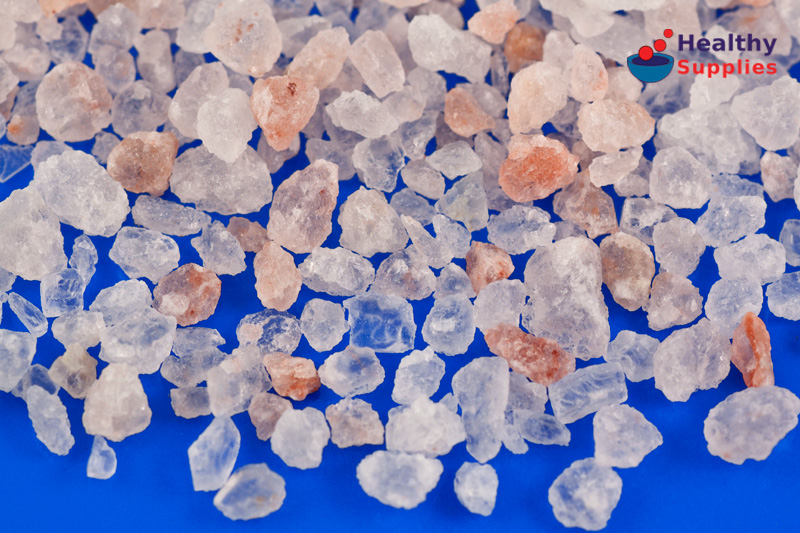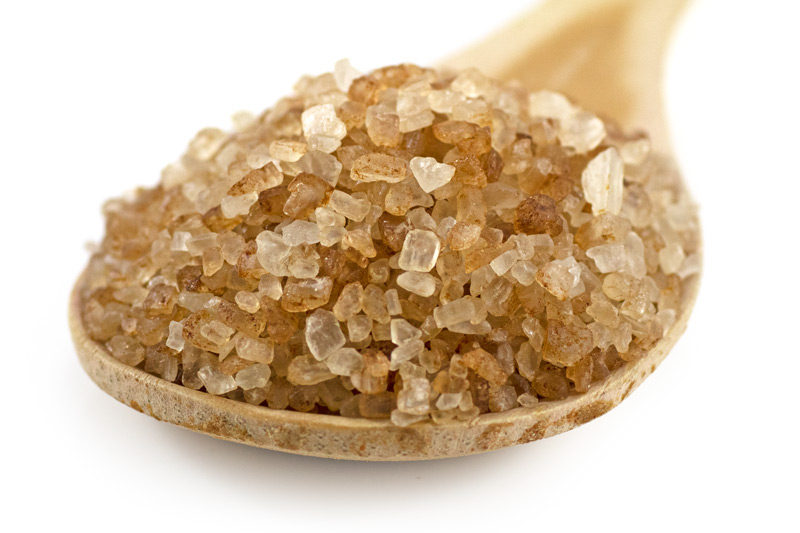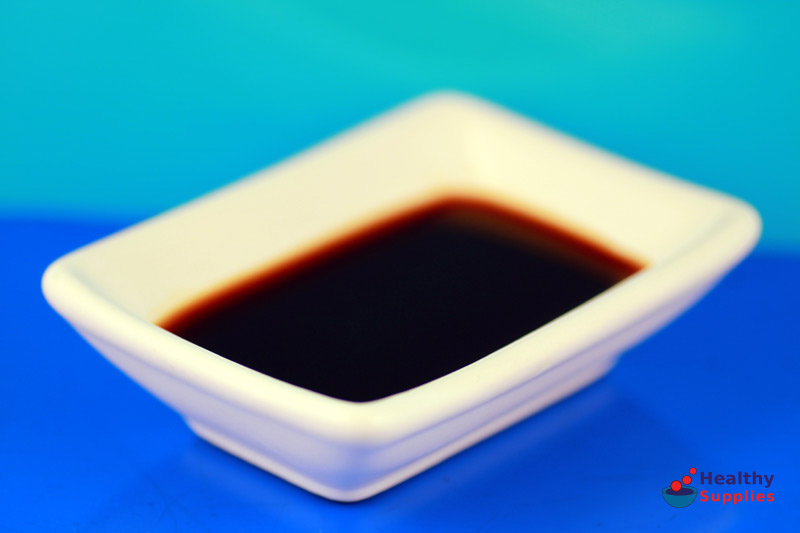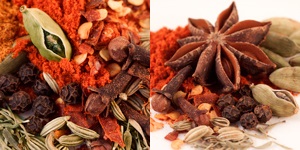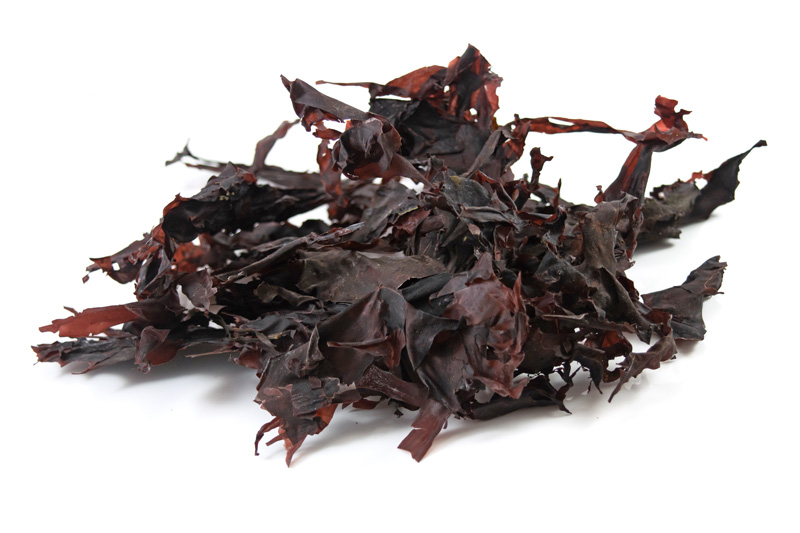How To Eat Less Salt
Everyone needs sodium, which is found in salt. The body uses it to balance fluids in the blood and maintain our optimum blood pressure. Without it we wouldn’t be able to survive, and scientists recommend we consume 1-2mg of it daily. But Western diets are increasingly full of salt, especially in processed foods, and while the NHS tells us to eat less than 6g (or 1 teaspoon) of it daily, we often consume far more.
Too much salt can lead to heightened blood pressure, which is the trigger for all kinds of serious health conditions, such as heart failure, osteoporosis, stroke, fluid retention and kidney disease.
So how can we go low-sodium and achieve salt awareness? Here are some tips for a lower salt diet:
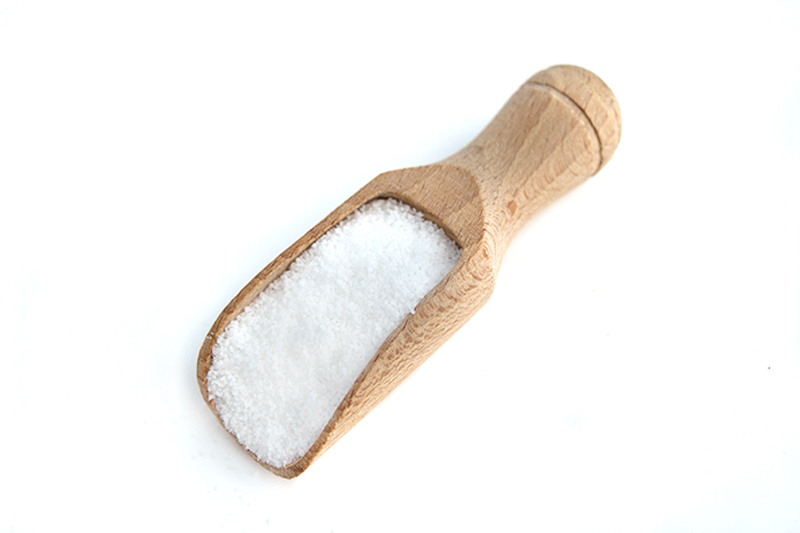
Humans are creatures of habit – we do things because we’re used to doing them. How many of us cover our food in salt at a restaurant, before actually tasting to see if it’s needed? If we’ve always put lots of salt on our meals, it’s likely we’ll continue to do it. But we’re also extremely adaptable, and while making a change in our eating habits (such as using less salt) may take some getting used to, in two or three weeks our taste buds will adapt and get used to a lower-salt diet, and we won’t look back!
Next time you go to the supermarket, have a look at nutrition labels on food packaging. You may be surprised at the huge amount of salt that goes into certain common products. Sometimes we assume that packets marked ‘Low Fat’ or ‘Fortified with Vitamins’ are going to be healthy in every way – but things like ‘healthy’ crisps and breakfast cereals – even plenty of sweet products – can have huge amounts of salt added. Read the small print – forewarned is forearmed!
Everyone loves a bit of soy sauce – it’s one of the savoury wonders of the world! However, most brands contain massive amounts of salt, which can put us way over our recommended daily allowance. So next time you rustle up a chow mein, why not try using Aminos instead? Typically made from coconut sap, aminos taste exactly like soy sauce but with a quarter to a third the amount of salt.
Salt isn’t the only way to add flavour to food. The British Heart Foundation recommends we master the flavours of the Mediterranean, North Africa, India and beyond to take our meals in a whole new direction. Why not choose something from our impressive range of herbs & spices and start jazzing up your meals in a tasty, heart-healthy way?
Seaweed is naturally salty, and has been used in Eastern cuisine for thousands of years to add a savoury depth of flavour to dishes. Not only does it contain around 85% less sodium than table salt – it also has a wealth of beneficial minerals, and is one of the few vegetable sources of Vitamin B-12 (as well as containing impressive amounts of Vitamins A and C). Why not try adding some Nori flakes to your meal instead of salt?

